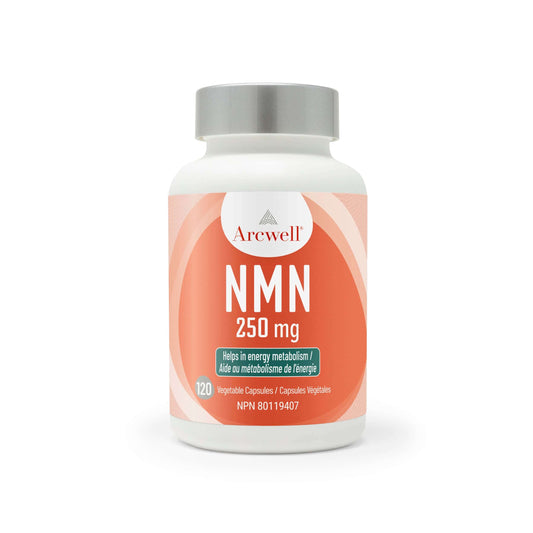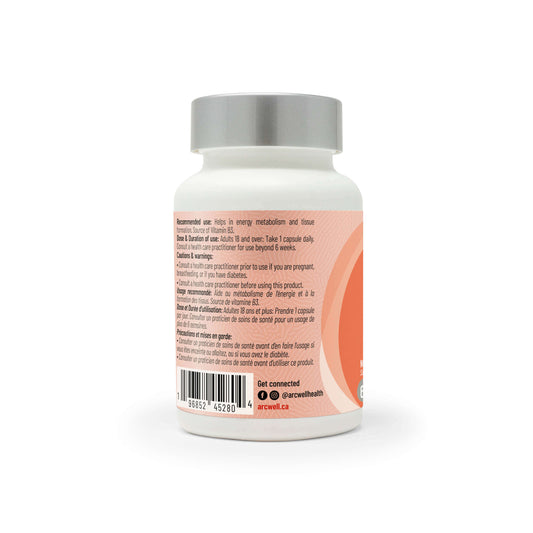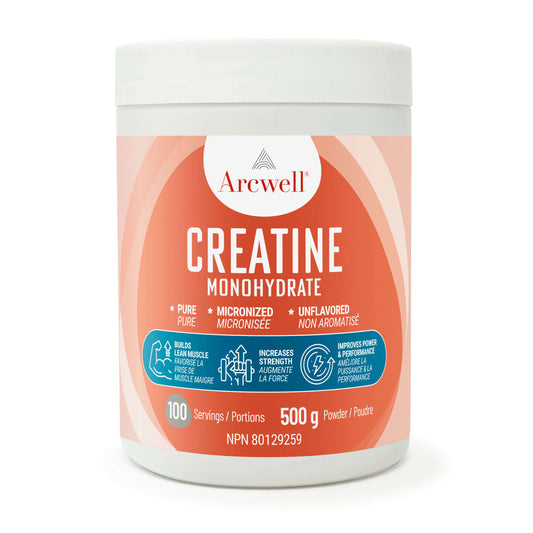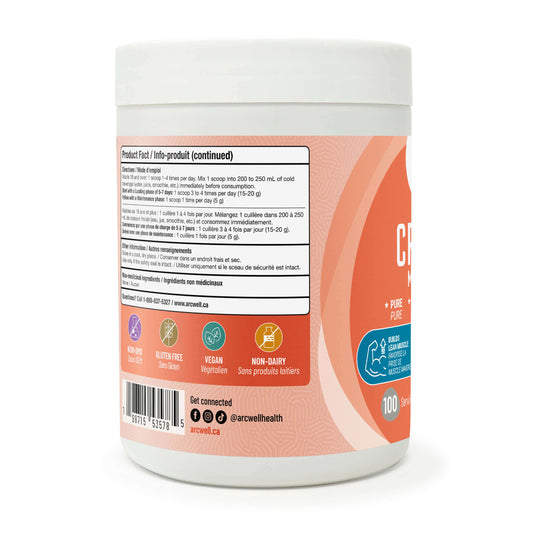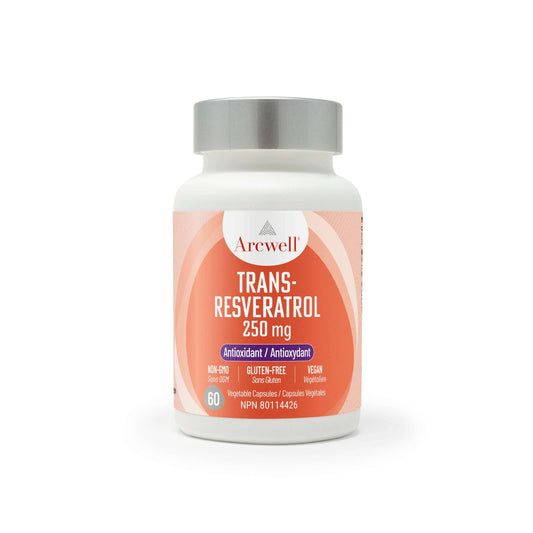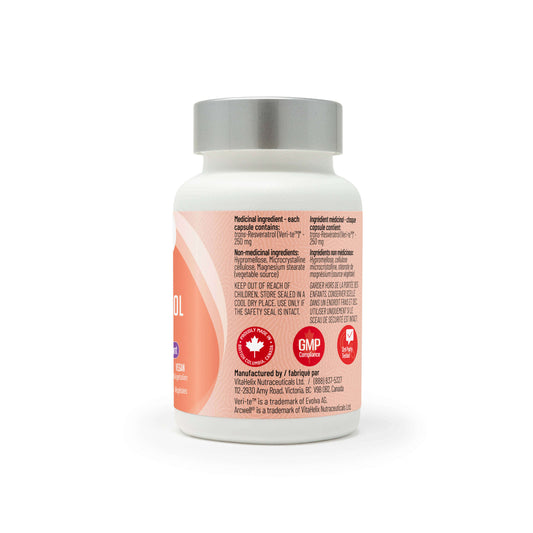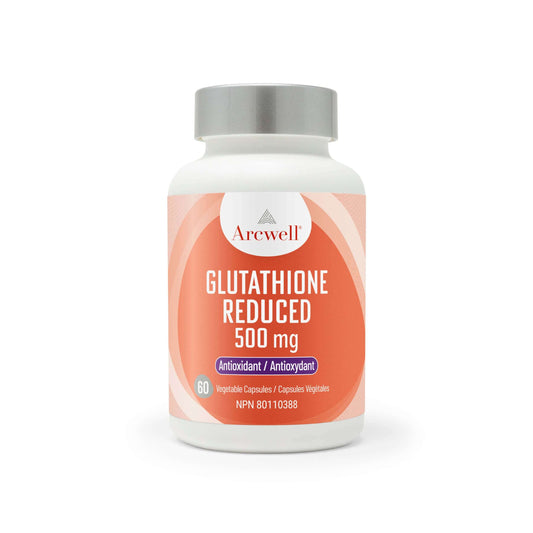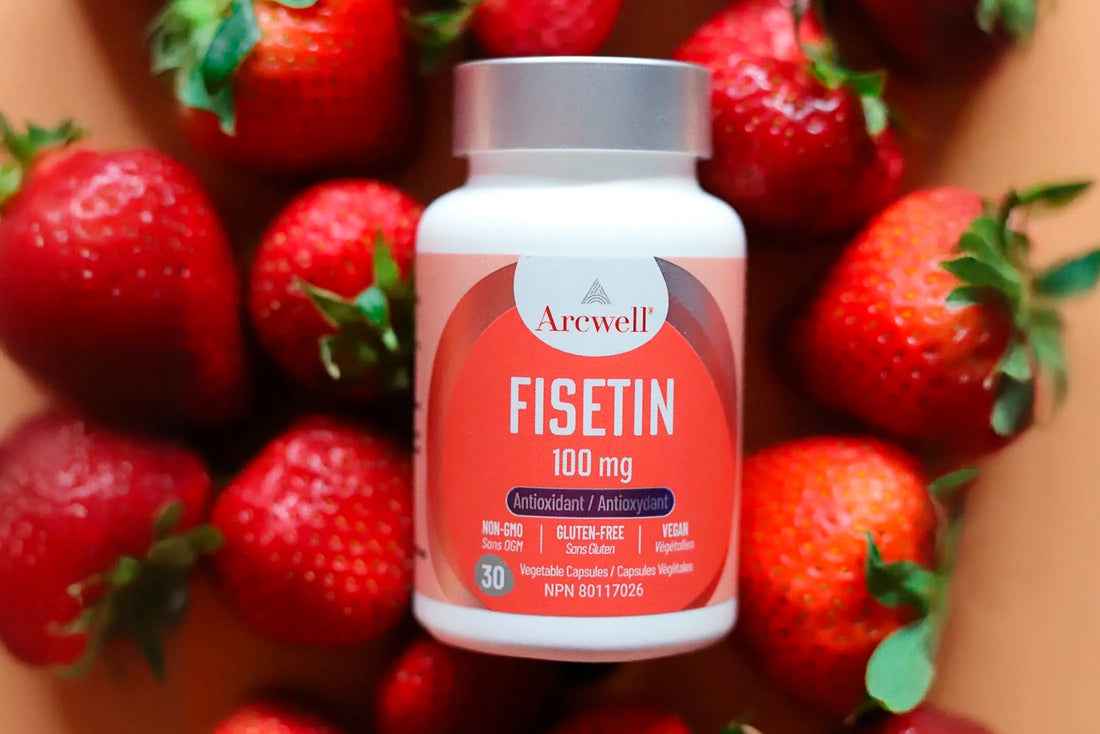
What Are Zombie Cells and How Arcwell Fisetin Helps Fight Aging
Share
What Are Senescent or “Zombie” Cells?
With age, cells can enter a state where they stop dividing but refuse to die. Instead, they continue to release inflammatory and tissue-degrading molecules. These persistent cells are commonly referred to as “Zombie Cells.”
In young, healthy adults, billions of cells in the bone marrow and intestine naturally die every hour. However, the body’s cell regeneration process keeps pace, and the immune system is capable of efficiently removing these aging or damaged cells. As we grow older, this balance shifts—leading to an accumulation of these “undead” cells.
The Natural Ways Our Cells Die
Cells typically die in two main ways. The first is necrosis, a result of acute injury that causes cells to rupture and spill their contents into surrounding tissue. The second is apoptosis, a natural, programmed cell death in which the cell condenses, its DNA fragments, and it is quietly cleared away without harming neighboring cells.
Telomeres: The Protective Caps That Control Cell Lifespan
During cell replication, DNA and protein structures protect the ends of each chromosome. These protective caps are known as telomeres—repeating sequences of DNA that form a structure called a T-loop, much like the plastic tip at the end of a shoelace. Every time a cell replicates, its telomeres shorten. Once the telomeres become too short, the cell can no longer divide and undergoes apoptosis.
The Real Danger of Cells That Refuse to Die
Senescent cells—what we often call "zombie cells"—resist this natural death. Instead of disappearing, they persist in the body, releasing pro-inflammatory toxins and tissue-degrading enzymes. These cells may also promote tumor growth. In youth, their numbers are small and manageable by the immune system. But as we age, their accumulation increases and the body struggles to keep up.
Scientists have identified various proteins released by senescent cells, which serve as biomarkers of aging. Their buildup has been linked to a wide range of age-related diseases and conditions, including Alzheimer’s, cancer, cardiovascular disease, glaucoma, cataracts, diabetes, kidney dysfunction, osteoporosis, Parkinson’s disease, and more.
Can We Eliminate Zombie Cells?
Senolytics—compounds designed to target and eliminate senescent cells—are showing promise in recent studies. In addition to pharmaceutical approaches, several natural compounds are being explored for their senolytic potential.

Fisetin & Quercetin: Nature’s Cellular Housekeepers
One of the first natural senolytics identified was Fisetin, a plant-based flavonoid found in strawberries, apples, onions, cucumbers, and vitamin B2. Fisetin has shown potential in animal studies and has moved into clinical trials in humans.
Another promising flavonoid is Quercetin, the most abundant one found in everyday foods like green tea, coffee, grapes, broccoli, citrus fruits, and red wine. Early studies suggest both compounds may not only extend lifespan but also improve quality of life by supporting healthy aging.
Arcwell Fisetin: Backed by Research, Approved by Health Canada
Arcwell is proud to offer the first Health Canada–approved Fisetin supplement at an effective, research-backed dosage. It’s backed by human clinical trials and designed to support your health at the cellular level.
I'm personally excited to try Arcwell Fisetin for my own aches and pains and to experience the potential benefits of this powerful, natural solution.
Author Credit: This blog post was adapted from content provided by Nathalie McNeil, owner of Fountain Head Health Store and the Red Door Restaurant.




